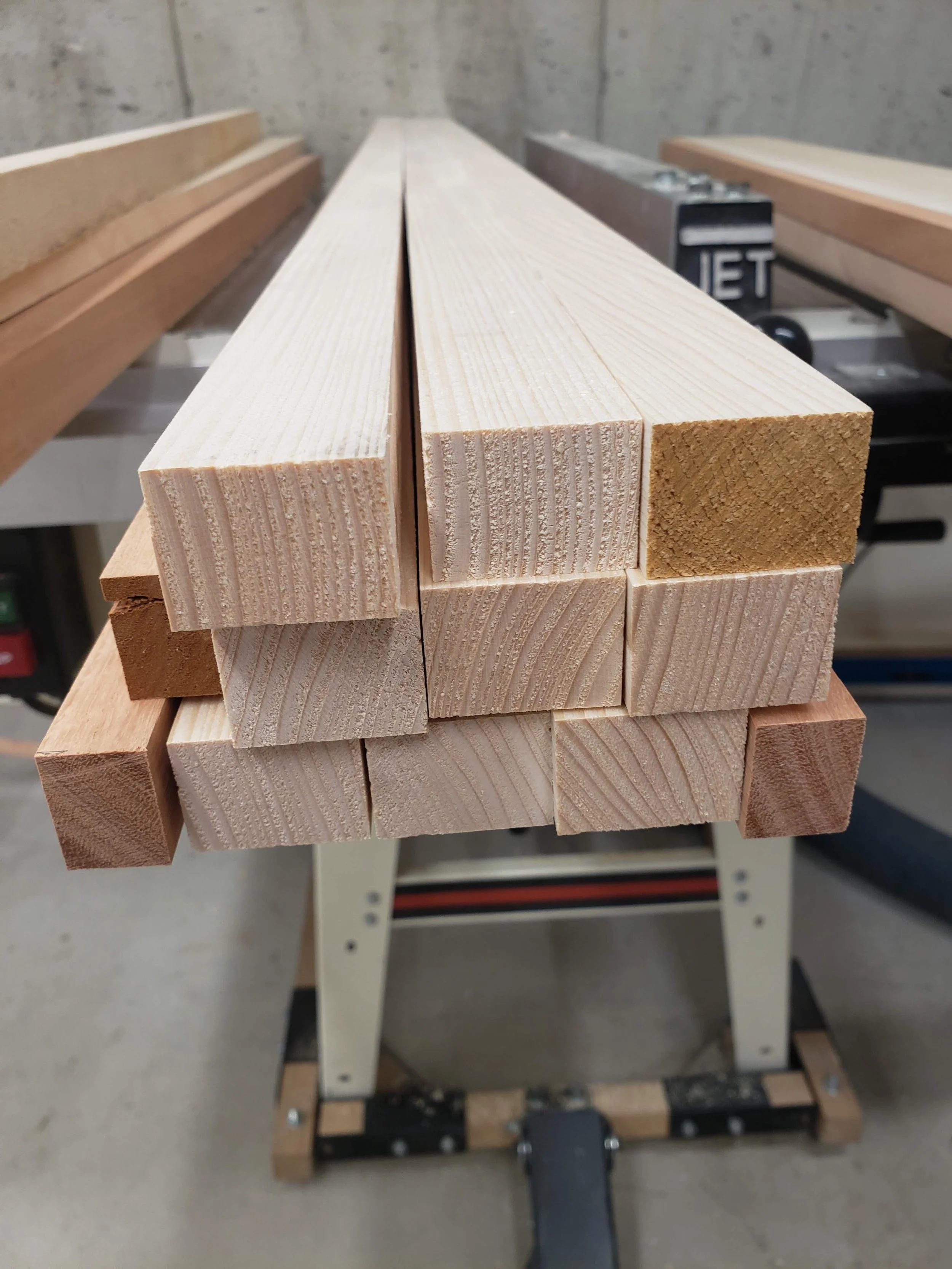Centerboards and rudders for sailboats
NACA foils precision milled in our CNC shop
Water travels better around centerboards, daggerboards and rudders that are accurately and precisely shaped to a smooth, fair surface making the boat sail closer to the wind, more efficiently in choppy conditions, and with less vibration. This shaping of the foil - called a NACA foil shape or a modified NACA shape by an Australian named Pollack - is work that can be done with hand and we fully support our builders who want to do that satisfying work. Our cnc-cut templates will help greatly by allowing you to get the precise shape. But we have found surprising results in how well the boats perform with the foils that we have shaped on our CNC router.
This skiff daggerboard can be completed one of two ways: 1) you glue the two layers of 9mm plywood together (left) then shape with templates that we provide OR 2) we mill the foil shape on our CNC (right). You can see by the tight interface with templates that CNC gets it exact! And it benefits the performance of the boat when the shape is right.
We start by vacuum bagging the layers of plywood together with epoxy to form an exceptionally tight, strong bond. Our vacuum bag evacuates the air from the bag causing hundreds and hundreds of pounds of pressure to be perfectly distributed across the layers be glued. After 2-3 days in the bag, even the most warped plywood comes out perfectly flat and ready to shape.
A 3D model of the foil - it can be a rudder, daggerboard, or a centerboard - is computer modeled until the shape is perfect. We then program our CNC router to carve the foil out of the hunk of plywood on the table, using a 1/2” bit to rough out the shape to remove a bulk of wood. Then we load our 1/2” radius ball-nose bit and it goes back and forth across the foil carving the shape to within 0.005” accuracy.
Two Calendar Islands 18’ centerboards fresh off the CNC table. Standard delivery is to wrap the boards and ship at this stage, ready to finish, or we can finish here in our woodshop with fiberglass, graphite-epoxy coating, and polishing. In the case of the CI-18,the rudder can receive the same treatment and be shipped shaped as above, or finished off.
Custom, timber-stave foils made for a Goat Island Skiff builder and owner, Lans Stout. Timber staves are beautiful, but a bit more work to make. They are slightly stronger than plywood boards and are sheathed with epoxy and fiberglass. Photograph by Lans Stout Photography and Productions
The CNC router in action
The result is beautiful to watch as the layers of plywood emerge as fair curves on the sculpted surface. It takes a while for the router to make each pass with a “ball bit”, stepping over only 0.03” with each pass.
An 18mm daggerboard “hot off the press”
The surface may not look exactly smooth due to the minor tooling marks, but it can be smoothed with literally a few swipes of sandpaper. It is so accurate, however, that it can also be ruined with too much sanding!
The foil comes off the table and the foil surface requires literally 5-minutes of sanding before it is ready for fiberglassing by you the builder. The finish on glassed foils is best if done with low viscosity epoxy filled with a graphite powder, which after wet sanding, results in a dark gray, smooth, very slick surface that slips through the water more easily, slides into and out of the trunk with less friction, and is easier to maintain over a painted board. We also can make timber-stave foils using strips of softwood edged with hardwood which can be coated with clear epoxy and varnished like the set pictured on this page. Check out a couple foil making videos on our YouTube page.
Price for a set of foils ranges from $287 for a small daggerboard to $932 for a NACA shaped centerboard and rudder. If Vacuum bagging ranges from $50-135. Please inquire on our order form for pricing for the boat of interest.







